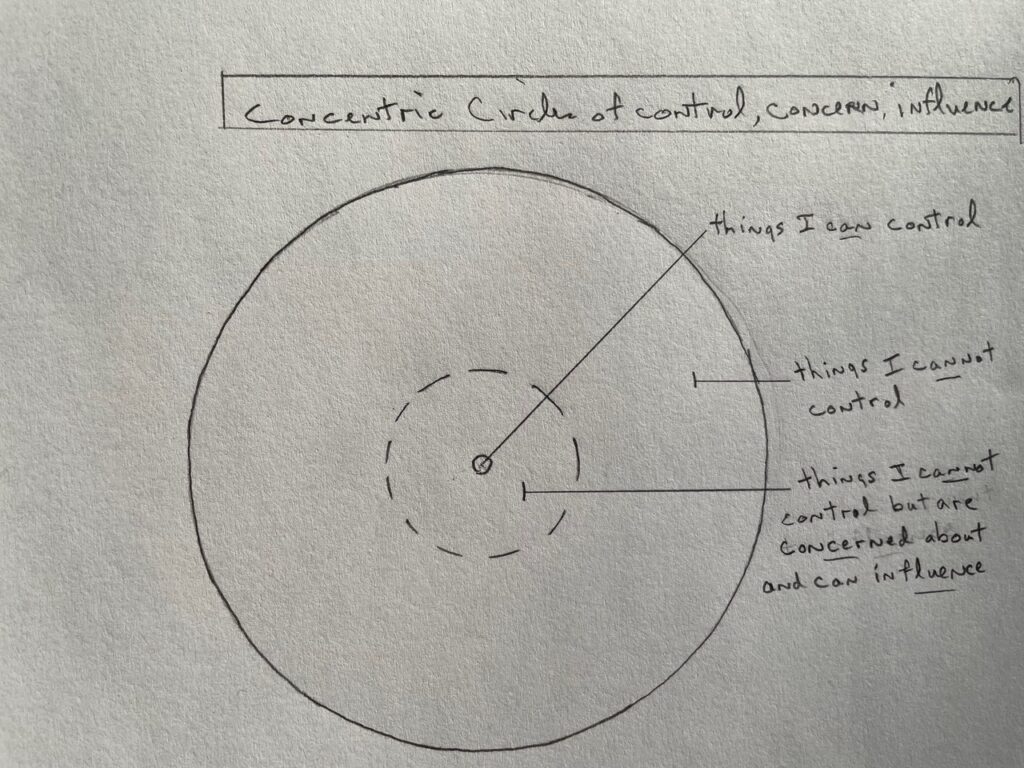
Several weeks ago we hosted my grandson’s eighth birthday part at the Lakehouse. Ben and four of his friends were in boy-Nirvana: treehouse, fishing, dogs, soccer, pizza, sleeping bags, looking at Venus and Jupiter through a telescope, etc.
The first evening I put a large blanket in the field, invited the boys and my son-in-law to lay on their backs and gaze at the stars. I asked, “There may be boys on another planet that are looking at our star right now. If they asked you ‘what is it like to live on Earth, what would be your answer?’ Invigorating conversation ensued.
Then I announced that I had a scary story to tell. Excitement peaked. I made up a story about a two-headed coyote that had lived in the area for over 200 years. It had recently been sighted. As I told the story my voice became progressively quieter, and then I screamed. Everyone came off the blanket a few inches. Two of the boys said, “That’s not scary; tell us a really scary story.” Everyone was laughing, except for one boy, who started crying. Touchingly, the other boys offered him succor – “It’s just make believe…it’s ok, we’re all together…” His response was (through sobs), “That story will be stuck inside my head for the rest of my life.”
It took a maternal touch to defuse the moment (thanks, Lauren), and all was well by the time we went to bed (me in the doghouse).
Here’s what I learned.
Isn’t it interesting how individuals react differently to the same stimulus. Five boys heard the story; four loved it and wanted more and one was shaken. So before I speak, I need to evaluate what I’m about to say and consider how it will impact all those who hear. This is an aspect of emotional intelligence—sensing how my words and actions will affect the lives of others. For instance, humor is a tricky thing to negotiate: tell a joke to 100 people and 98 will think it’s clever and uplifting but two may be offended.
But our carefulness can be taken to an unnecessary extreme: if we’re overly cautious and too sensitive, our speech may become bland and boring and/or we just won’t say much. No matter what you say or do, someone will be bothered by it. There is a balance to achieve.
So, I ask you my readers, “Was it okay for me to tell a scary story at my grandson’s birthday party?”



